Güroymak
The old name of the settlement was "Norşin" and the name of the district was changed to Güroymak in 1987. Norşin is an Armenian word in origin. It means Nor-Şen/Şin-Yeni-Village. Güroymak is located in an area in the plain between two mountain ranges extending in the east-west direction, at the eastern end of the Muş Plain, to the east of the Upper Murat basin in the Eastern Anatolia Region and to the west of Lake Van. Nemrut Mountain-Crater Lake and its foothills, located in the east of the district, extend especially towards the west and surround the north of the district. Kilhar Mountain, located in the south, is an extension of the Eastern Taurus Mountains and extends to the plain with a slight slope towards the west of the district. Although the climate structure of Güroymak is generally similar to the Mediterranean continental climate transition feature of Bitlis province, it shows significant changes. In winters and springs, the number of sunny days is low, especially due to dense fog. Since the Rahva plain in the east of the district is a natural wind corridor, it is the scene of major blizzards and storms. Winters are cold and snowy, and springs are rainy. Summers are short and warm. Since the oak and poplar trees growing in the high places of the district have been destroyed and cut down, the mountainous land is bare, covered with sparse shrubs, and is a grassland. The old forests in the plain were destroyed and a land structure resembling a steppe covered with floods emerged. The district's altitude above sea level is 1320 meters, and its surface area including the villages is 650 km². The lands where the district is located have shared the same political fate with the Muş Plain throughout history, and were subject to the Mamigonian Armenian Principality between the 4th and 9th centuries, and to the Bagratuni Armenian Kingdom between 825-967. Shortly after coming under Byzantine rule in 967, it came under the rule of the Diyarbakır-based Mervani emirs. After the Turkish raids, Norşin came under the rule of Dilmaçoğlu and Sökmenli principalities, who ruled in Ahlat for a while, and later remained under the rule of Şerefhanoğlu principalities in Bitlis. In this process, it is understood that the former Armenian population of the district and its surroundings gradually became Kurdish.




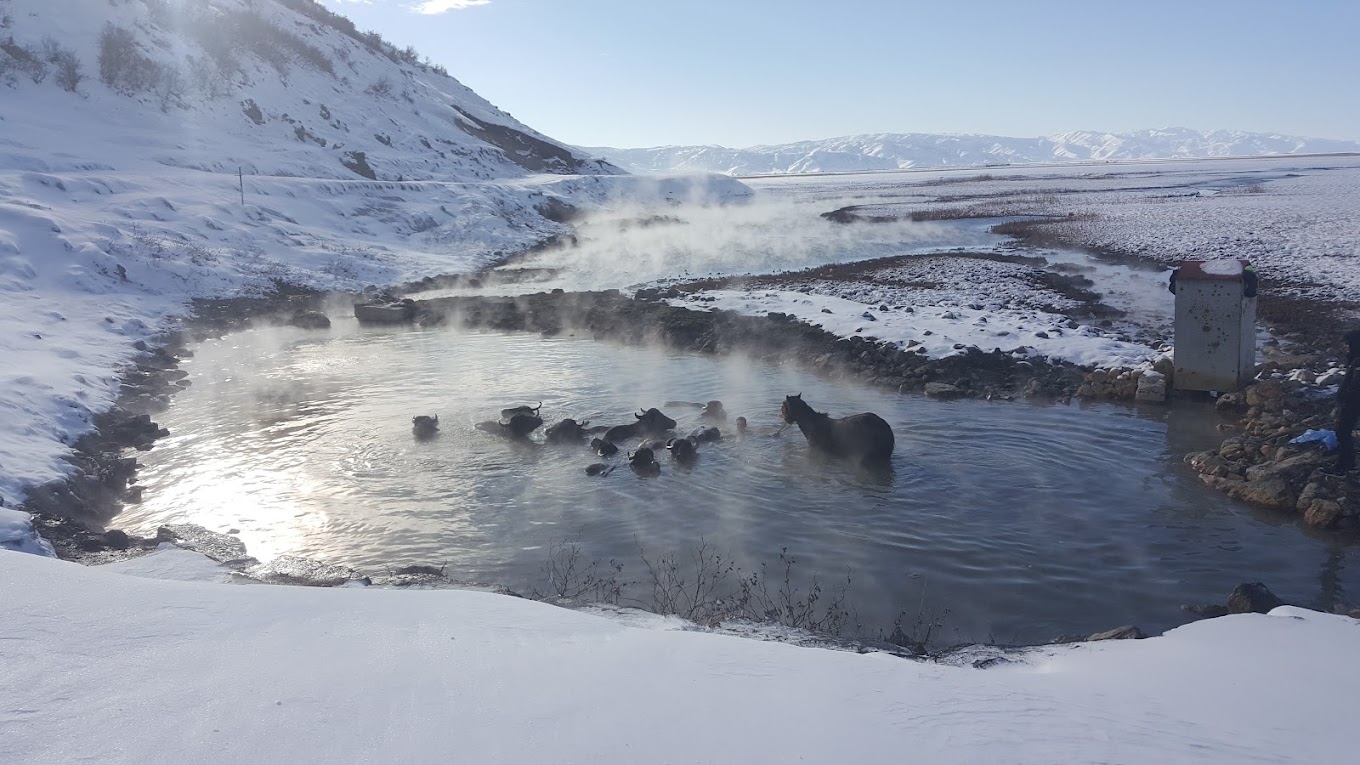
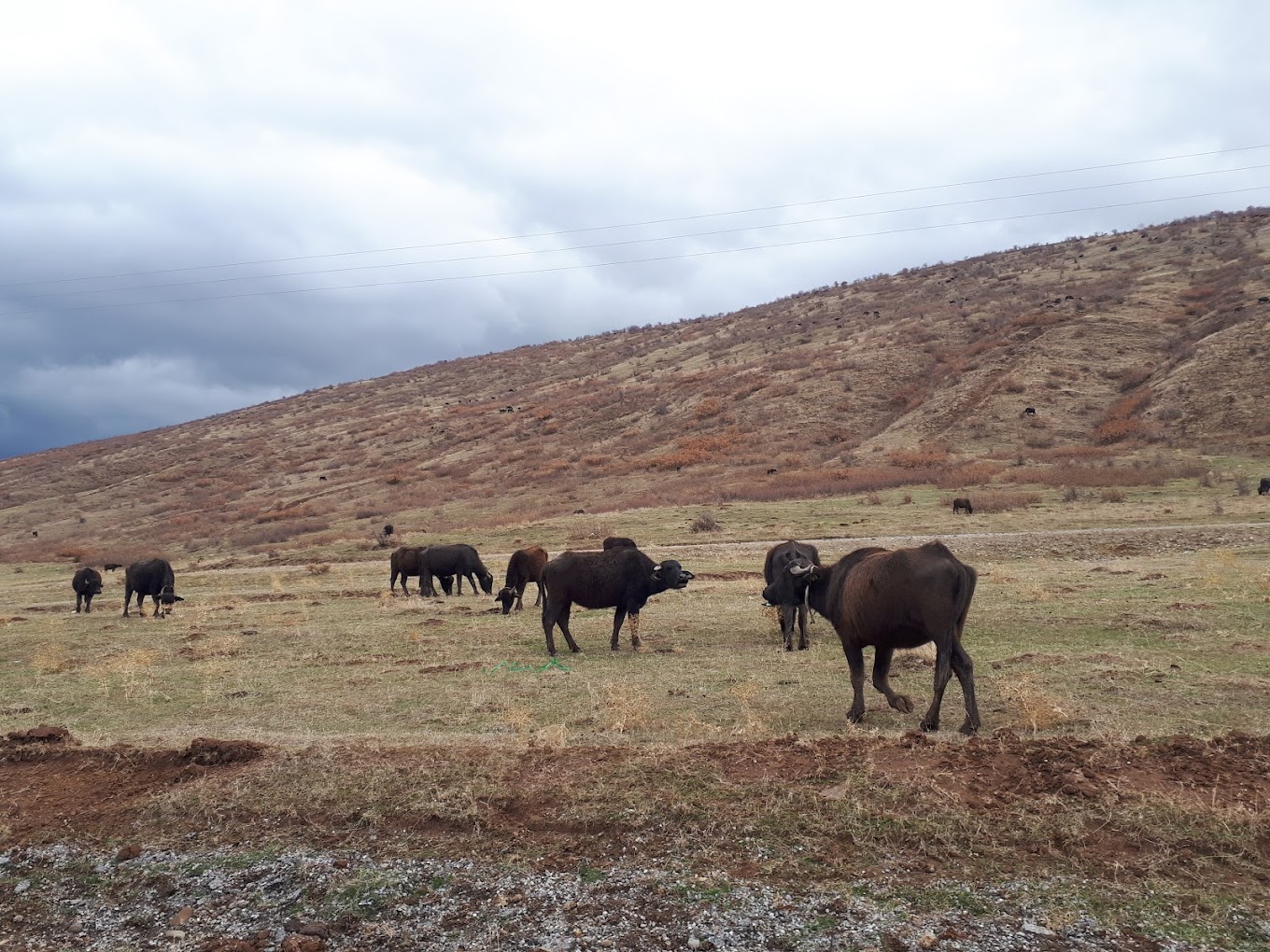
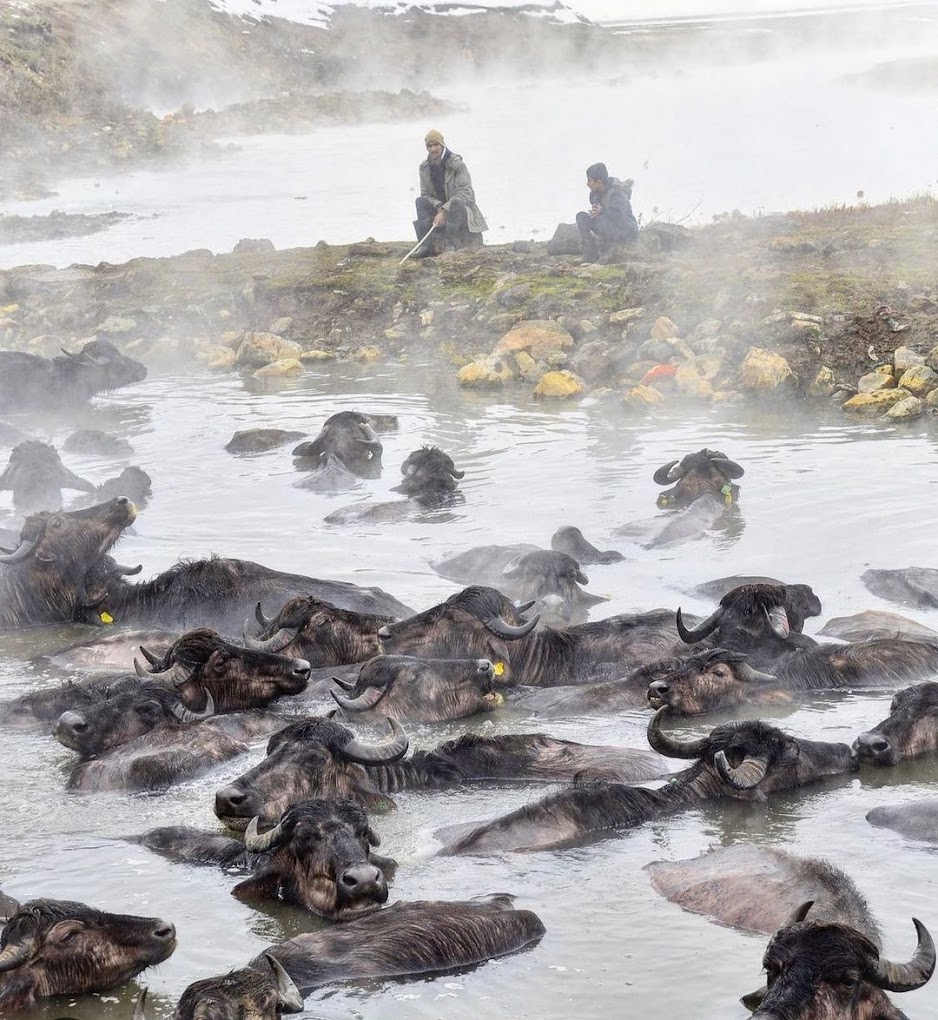
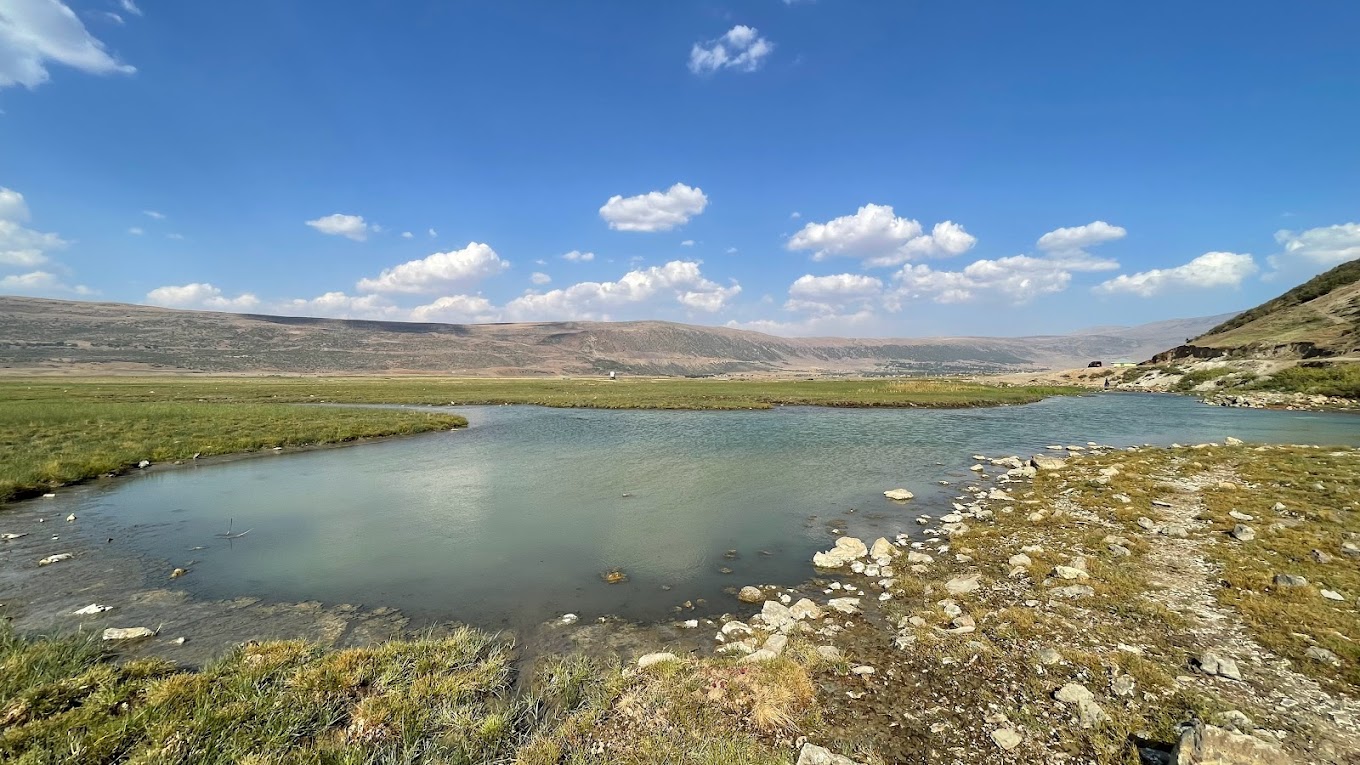
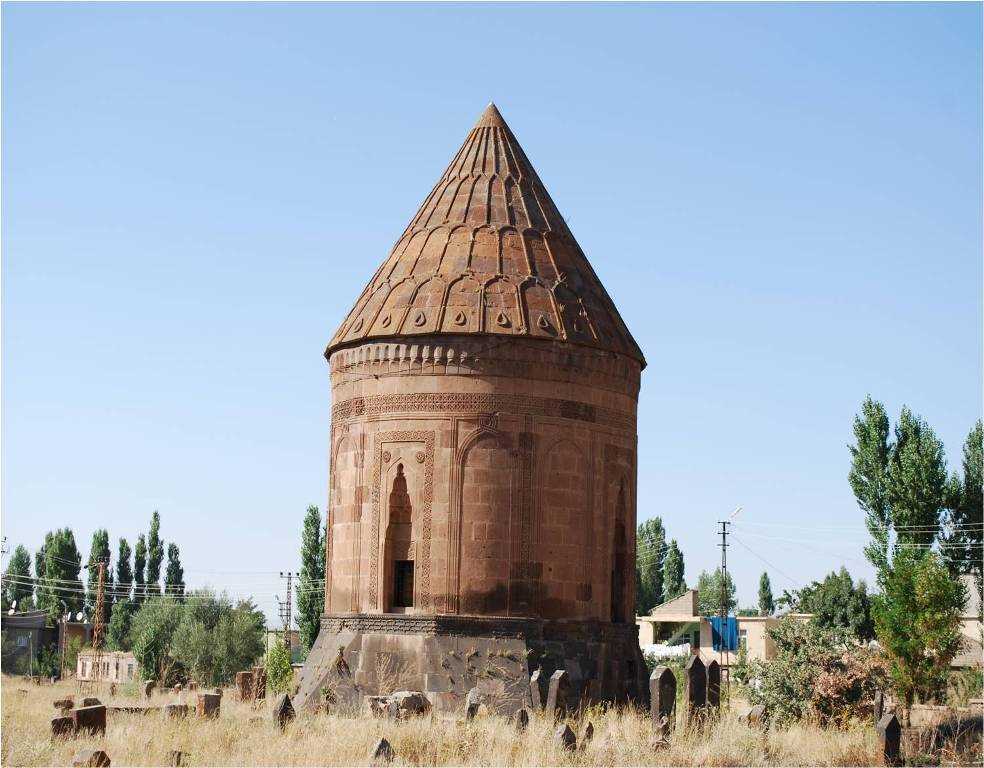
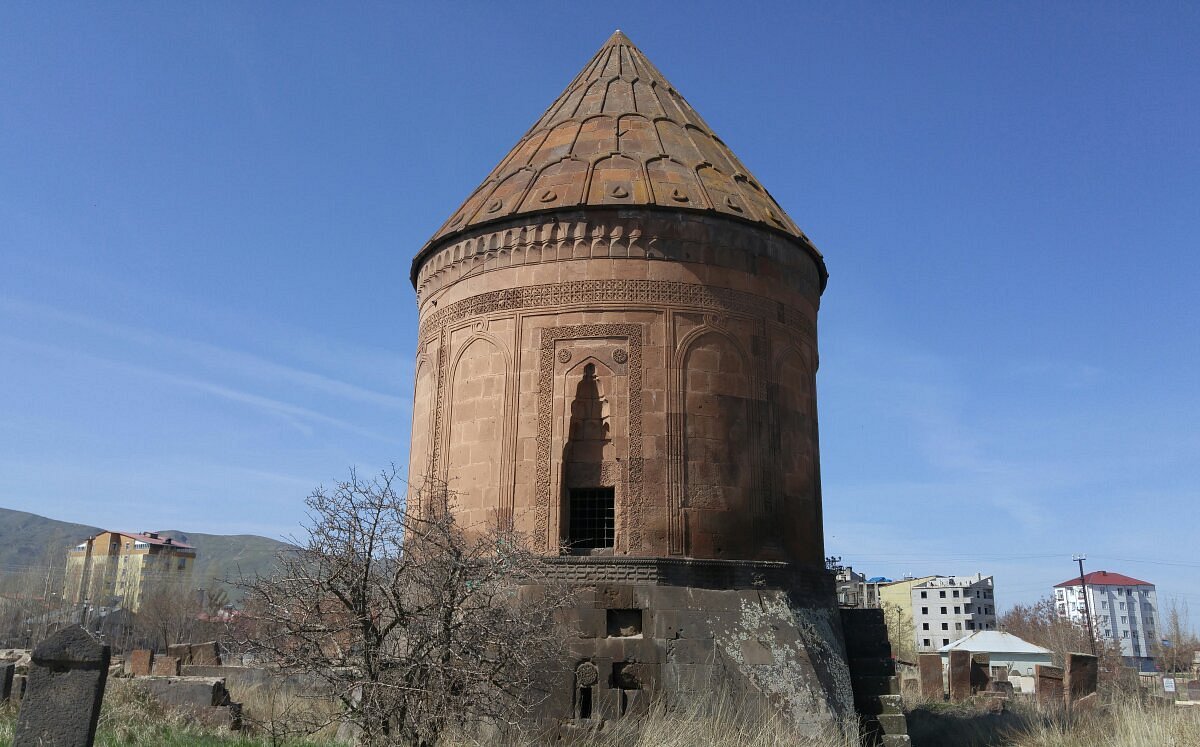
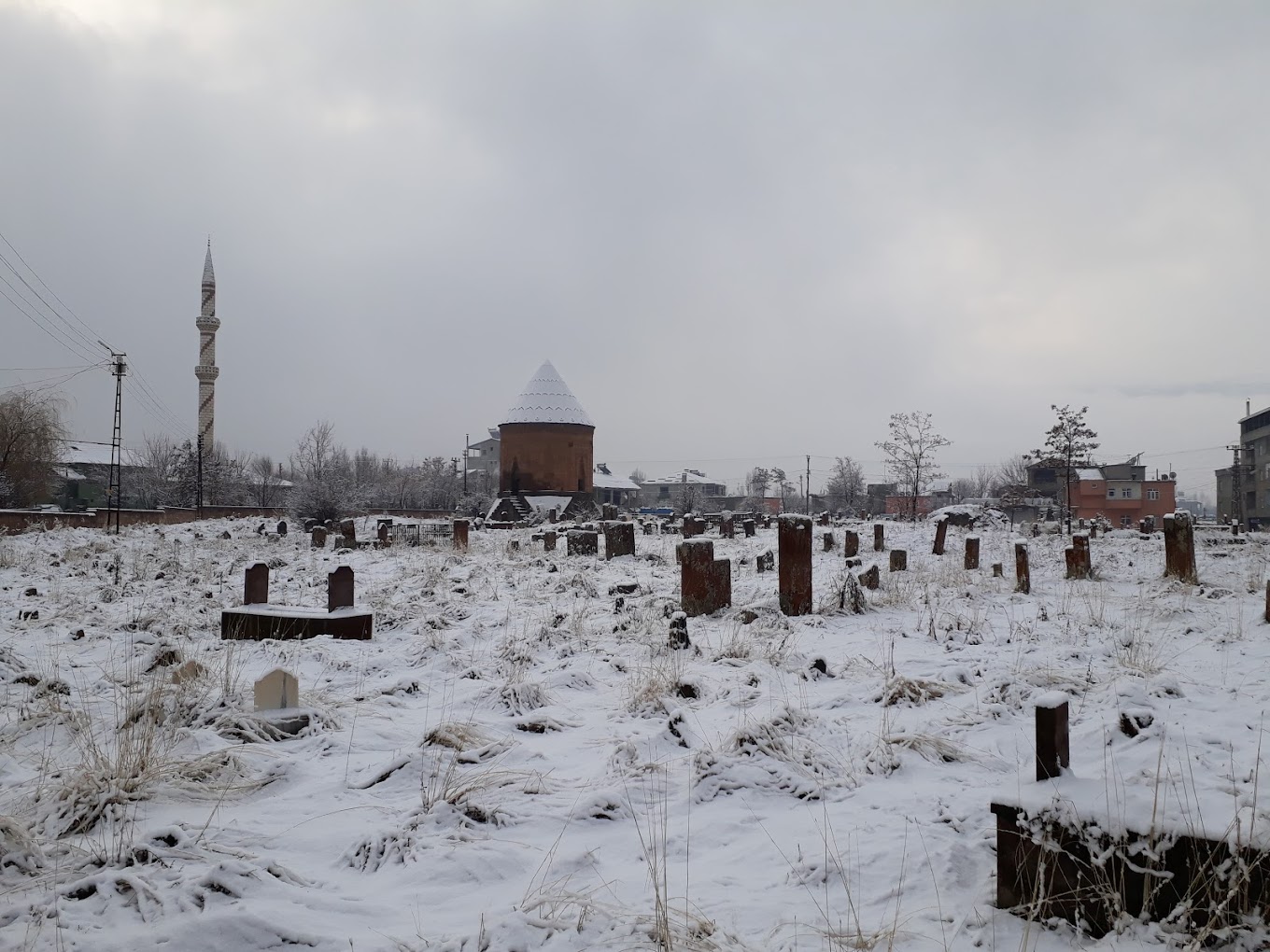
Leave Your Comments